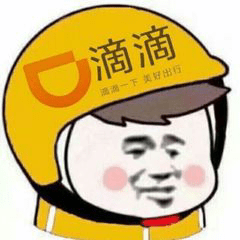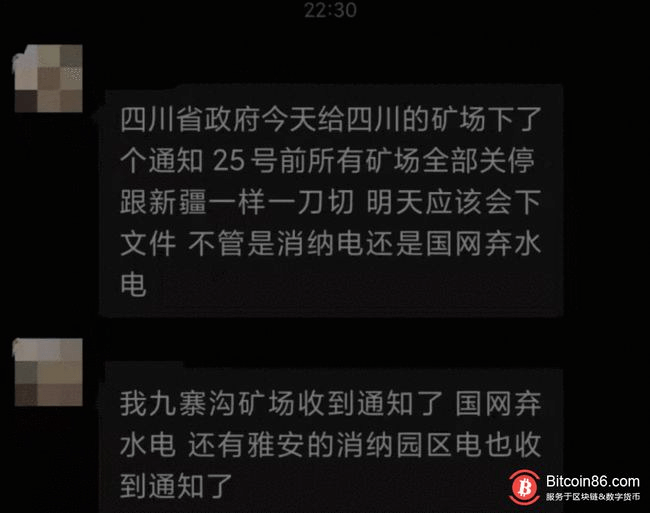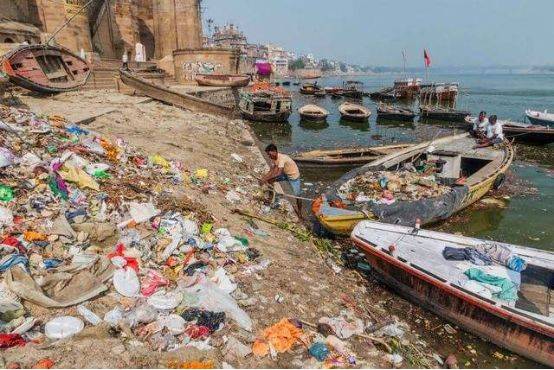This is the Travel and History Institute of Zhang Xing Zhe. Zui Weng Pavilion, another scenic spot that has been popular for nearly a thousand years because of poetry, the Northern Song Dynasty writer, leader of the poetry innovation movement, and Su Dongpo teacher Ouyang Xiu’s “The Story of Zui Weng Pavilion” became famous throughout the world and became an eternal wonder. Since the publication of the article, Zui Weng Pavilion has become a tourist attraction visited by literati and scholars in the past, and it has continued to the present. Although this Zui Weng Pavilion is no longer the one written by Ouyang Xiu, people still come to worship from all over the country. . So, where is Zuiweng Pavilion? At the foot of Langya Mountain in Chuzhou, Anhui, although Chuzhou belongs to Anhui Province, the city is closer to the capital of Jiangsu Province and the ancient capital of the Six Dynasties. It is only 40 kilometers away from Nanjing Pukou District and is almost included in the Nanjing City Circle. Langya Mountain is in the Chuzhou city area, the mountain is flat, and the elevation is not high. Zuiweng Pavilion is at the foot of Langya Mountain. Since the Northern Song Dynasty, many pavilions and pavilions have been built next to Zuiweng Pavilion, leaving countless ancient people’s calligraphy and footprints. And story. Ouyang Xiu was demoted to Chuzhou in the fifth year of Qingli in the Northern Song Dynasty (1045 AD). He met the monk Zhixian, the abbot of Langya Temple when he visited Langya Mountain.In order for Ouyang Xiu to visit Langya Mountain often, two years later, in 1047, Monk Zhixian built a pavilion at the foot of Langya Mountain. After it was built, Ouyang Xiu and his friends drank and wrote poems in the pavilion. After being drunk, they wrote a handed down name. “The Story of Zui Weng Pavilion”, the pavilion is named Zui Weng Pavilion After Ouyang Xiu’s article became famous, it was carved into a stone tablet and stood next to the Zuiweng Pavilion in 1048. In 1091, in the sixth year of the Northern Song and Yuan Dynasty, a student of Ouyang Xiu, Su Dongpo, an eternal wizard who was more powerful than Ouyang Xiu, came to Chuzhou and rewritten it. The “Large-character version” of “Drunk Weng Pavilion” was created, and a stone stele was carved. The first time the stele was carved in small characters, it was not atmospheric. Su Shi’s ink and gemstone carvings have been preserved for more than 900 years, but unfortunately they were destroyed in the 1960s. The Zui Weng Pavilion is the same. After thousands of years, it has been destroyed and built repeatedly. Basically, it has been rebuilt in all dynasties. In the seventh year of Guangxu in the Qing Dynasty (1881), the then Quanjiao Observatory asked Xue Shiyu to support the reconstruction of Zui Weng Pavilion, which was later destroyed. The Zuiweng Pavilion we saw today is a modern reconstruction. More precious than Zuiweng Pavilion are the surviving poems and inscriptions in the surrounding dynasties. Most of them were made by famous artists and all of them are precious cultural relics. From the Southern Song Dynasty to the Ming and Qing Dynasties, nine pavilions such as Erxiantang, Baosongzhai, Yizai Pavilion, Gumei Pavilion, Yiting and Lanyutai were built around Zuiweng Pavilion, forming a group of buildings, each with its own characteristics. , Collectively known as the “Nine Scenes of Drunk Weng”. However, these ancient buildings were all destroyed during the Taiping Heavenly Kingdom period. The place is too close to Nanjing, and what we see today are all rebuilt. It is intended for the pavilion, to the west of Baosongzhai. The name of the pavilion is taken from the famous sentence in “The Story of Zui Weng Pavilion”: “The meaning of the drunk man is not about wine, but between mountains and rivers.” Drink; the mountains and the water come into the bottle. Shadow Fragrance Pavilion is located on the stone ridge in the upper pool that is intended to rise to the west from the pavilion. The content of the couplet: sparse shadows horizontally and the water is clear and shallow, and the dark fragrance floats at dusk. This is a couplet with excerpts from two lines in the Song Dynasty Lin Pu (967-1028 AD) “Plum Blossom”. The first sentence is the posture of the plum, and the next sentence is the fragrance of the plum. The artistic conception is distant. Xixin Pavilion is built beside the Langya Ancient Road, on the side of the road up the mountain. On the south side of Xixin Pavilion, there is a couplet embedded on the wall of the pavilion. Washing the heart means repenting and renewing, and people need to wake up from time to time. Zuiweng Pavilion and related pavilions are in a small courtyard. There is a small river outside the courtyard. There are spring water flowing out of the river. The stone wall is engraved with two large characters “泉”, “” is the traditional Chinese character for “Rang”, which is In the 40th year of Emperor Kangxi of the Qing Dynasty (1701), Chuzhou Zhizhou Wang Cikui inscribed, more than 300 years ago. An ancient plum and its flowerbed are both cultural relics, with the words “Nest in the Flower” engraved on it. It was the stone stele inscribed on the Meitai wall by Li Songyang in the 9th year of Shunzhi in the Qing Dynasty (1652), which was earlier than the “quan” stele. Fifty years. Zuiweng Pavilion and Changsha Yuelu Mountain Aiwan Pavilion, Taoran Pavilion in Beijing, and Huxin Pavilion in Hangzhou West Lake are also called my country’s “Four Famous Pavilions”. Their historical and cultural value is far greater than the pavilion itself, just like the Yellow Crane Tower and Tengwang Pavilion. Like several famous buildings, although they are modern antique buildings, they are still cultural symbols worth looking up to. For more exciting content, please pay attention to me: Xing Zhe Lao Zhang [Author’s profile]: Traveler Lao Zhang, a motorcycle travel enthusiast, contemporary Xu Xiake, measures the earth with his footsteps, and shares his travel experience at any time. Welcome to follow, like, and comment, and feel free to let us know!
Tuesday, December 9, 2025
EDITOR PICKS
Spress.net is a general newspaper in English which is updated 24 hours a day
Contact us: [email protected]
© Spress.net




























































You must log in to post a comment.